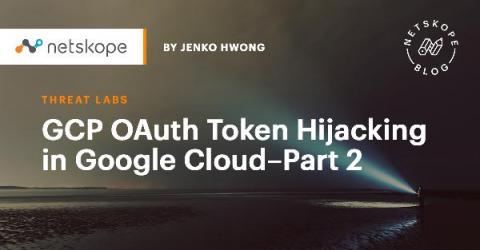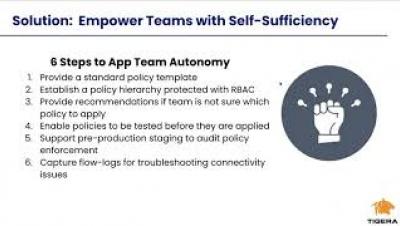Security | Threat Detection | Cyberattacks | DevSecOps | Compliance
%term
Security risk assessments explained
This blog was written by a third party author. A security risk assessment is a formal method for evaluating an organization's cybersecurity risk posture. Comprehensive security risk assessments take stock in business objectives, existing security controls, and the risk environment in which the business operates. When done well, the assessment identifies security gaps in existing controls as compared with industry best practices.
Undetected e.05: Cecilia Wik - A Lawyer's Take on Hacking
When is hacking legal? Host and security researcher Laura Kankaala delves into this topic with guest and Detectify General Counsel Cecilia Wik. NOTE: this episode does not give any official legal advice, but Laura picks Cecilia’s brain about the legalities of hacking with her area of expertise, the law. Their discussion covers different laws concerning the information security community such as copyright law, the Computer Fraud and Abuse Act and Wire Fraud Act.
Vulnerability assessment | ManageEngine Vulnerability Manager Plus
Straight Talk Series: Secure Cloud Collaboration
GCP OAuth Token Hijacking in Google Cloud-Part 2
Imagine you’ve protected your production Google Cloud environment from compromised credentials, using MFA and a hardware security key. However, you find that your GCP environment has been breached through the hijacking of OAuth session tokens cached by gcloud access. Tokens were exfiltrated and used to invoke API calls from another host. The tokens were refreshed by the attacker and did not require MFA. Detecting the breach via Stackdriver was confusing, slowing incident response.
Self-Service Network Security for Kubernetes
IoT Devices in Different Industries and How to Secure Them
Today, data analytics, automation, connectivity, and remote monitoring have made great progress and have brought innovations in every sphere of modern civilization. The digitization in day-to-day human activities has been revolutionized by the Internet of Things (IoT). Based on Gartner’s Forecast database, we can expect that there will be approximately 14 billion devices connected to the internet by 2022. With more devices connected, it will change the way we do business and use resources.
Supply Chain Risk Management - What You Need to Know to Build a Successful SCRM Program
There is a story from years ago about a warehouse network of computers that was separated from the main network. Those machines were running older OSes. But since they weren’t connected to the company network, didn’t hold company data, and only ran the warehouse machines, they were deemed secure. One day, the sysadmin noticed that all of those computers had a glitch at the same time. He remotely rebooted and went back to his desk. But they all glitched again. What happened?










